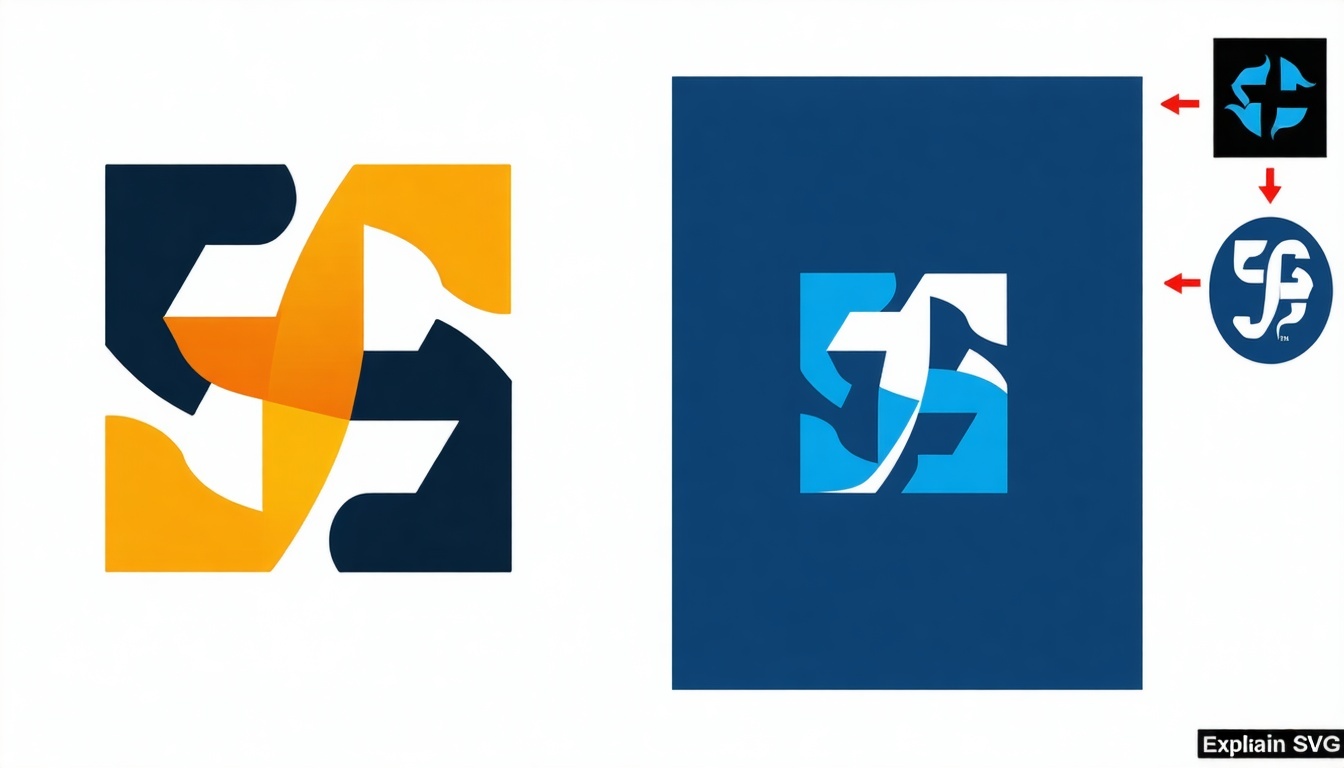
Should you test BIMI on a subdomain first? Strategic implementation approaches
Why Consider Testing BIMI on a Subdomain?
Implementing BIMI (Brand Indicators for Message Identification) on a subdomain allows organizations to experiment with BIMI requirements and logo display in a lower-risk environment. This approach is particularly valuable for organizations with complex email infrastructures or those new to BIMI, as it enables focused troubleshooting and phased adoption without impacting the primary domain’s deliverability or brand reputation.
Technical Requirements for Subdomain BIMI Testing
DMARC Policy and Authentication
- Subdomain DMARC Requirements: Each subdomain must have its own enforced DMARC policy set to “quarantine” or “reject” to meet BIMI requirements, even if the parent domain doesn't have BIMI enabled.
- Subdomain Authentication Configuration: Proper SPF and DKIM records must be configured for the subdomain to ensure email authentication and BIMI functionality.
DNS and Logo Configuration
- Subdomain DNS Record Configuration: Create a unique DNS TXT record for the subdomain following the format
default._bimi.subdomain.example.com, pointing to the BIMI-compliant SVG logo file. - Logo Accessibility and Compliance: Ensure the logo is accessible via HTTPS and meets all BIMI specifications for size, format, and SVG Tiny PS standards.
Independent Operation
- Independent BIMI implementation: Subdomains can implement BIMI independently of the parent domain, provided all technical prerequisites are met.
- Granular branding control: This approach allows for granular branding control and the ability to test different logos or policies for specific email streams.
Advantages of a Subdomain-First BIMI Rollout
- Risk reduction: Reduces risk to the organization’s main domain by isolating changes and potential misconfigurations.
- Targeted testing advantage: Enables targeted testing and troubleshooting, making it easier to identify and resolve issues before a broader rollout.
- Phased adoption benefits: Allows for phased adoption and stakeholder buy-in, especially useful for large organizations or those with multiple brands or business units.
- Policy flexibility: Offers flexibility to tailor BIMI and DMARC policies for different subdomains based on unique sending practices.
Key Considerations and Best Practices
- Subdomain Configuration: Ensure meticulous configuration of DMARC, SPF, DKIM, and the BIMI DNS record for each subdomain.
- Default Selector Usage: Use the default BIMI selector for maximum compatibility, as most mailbox providers recognize only the default setting.
- Pre-Expansion Testing: Thoroughly test BIMI functionality using BIMI validation tools before expanding to additional subdomains or the primary domain.
- Configuration Documentation: Document all configurations and results to streamline future rollouts and troubleshooting.
When to Move Beyond Subdomain Testing
- Expand BIMI implementation: Once BIMI is successfully displaying on the subdomain and all technical issues are resolved, consider expanding to additional subdomains or the primary domain.
- Monitor and review: Review feedback from internal stakeholders and monitor email deliverability and logo display in supported inboxes.
- Gradual organization-wide rollout: Gradually scale the rollout, applying lessons learned from the subdomain test to ensure a smooth organization-wide BIMI implementation.
Are you considering a subdomain-first BIMI rollout or need guidance on best practices?
Find more guidance in our BIMI testing and phased rollout FAQ section.
Testing BIMI on a subdomain first is a strategic way to minimize risk, validate your setup, and build a foundation for successful organization-wide adoption. Our team can help you navigate every step, from technical configuration to full rollout.



